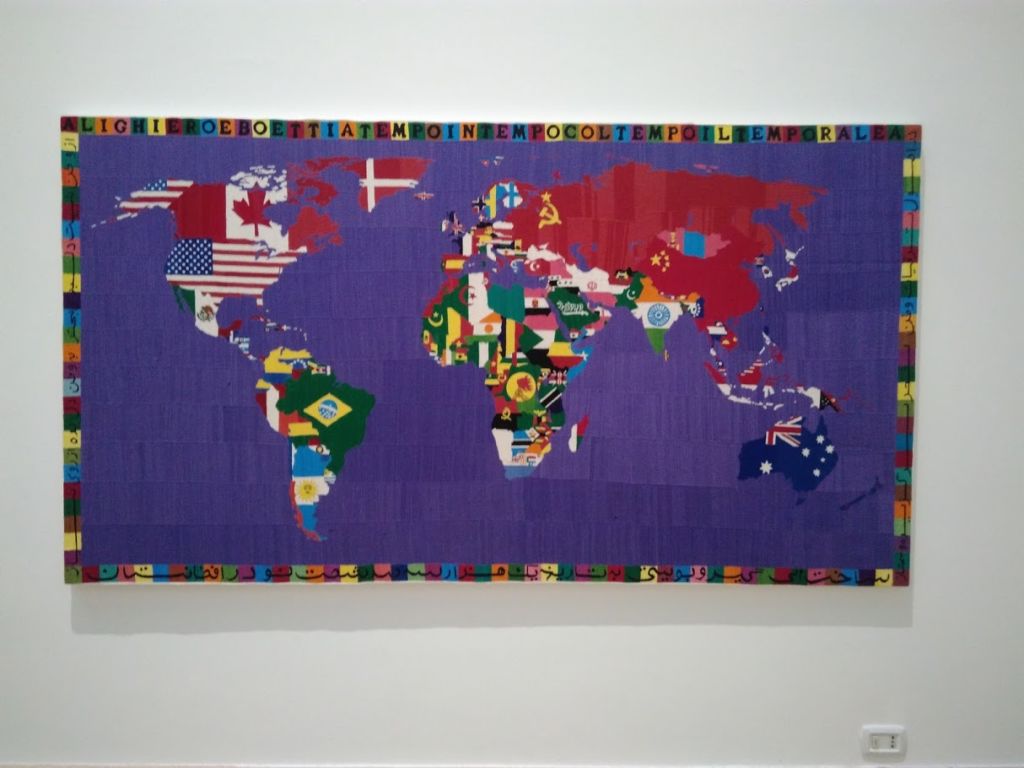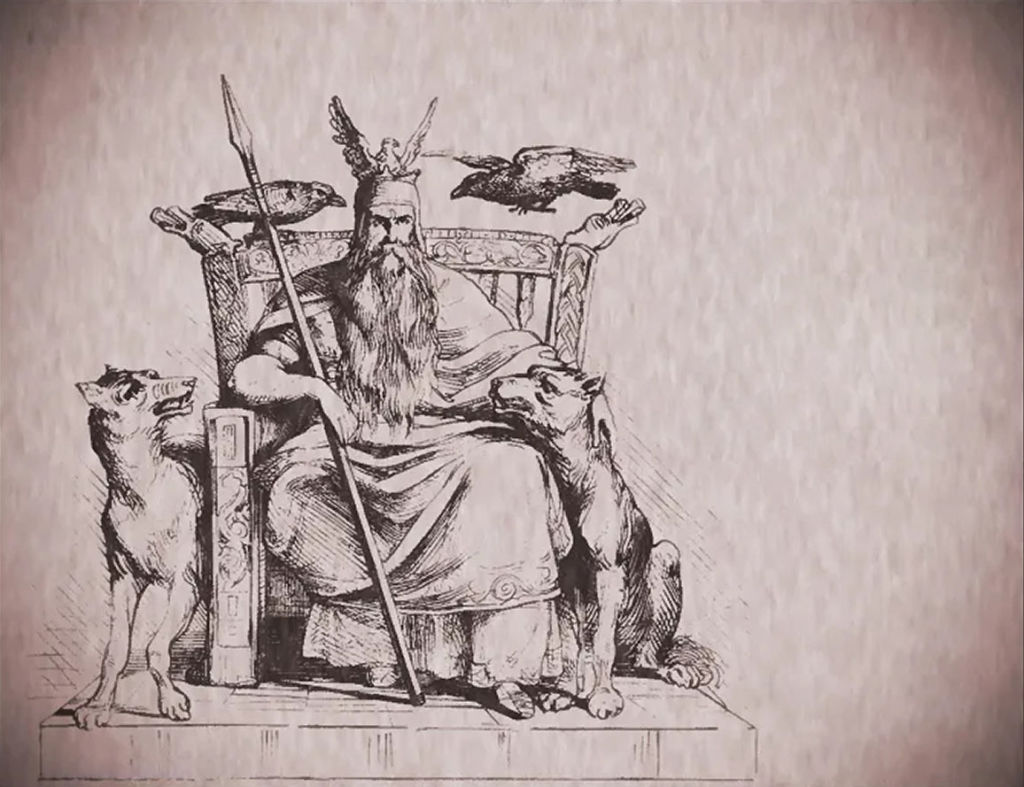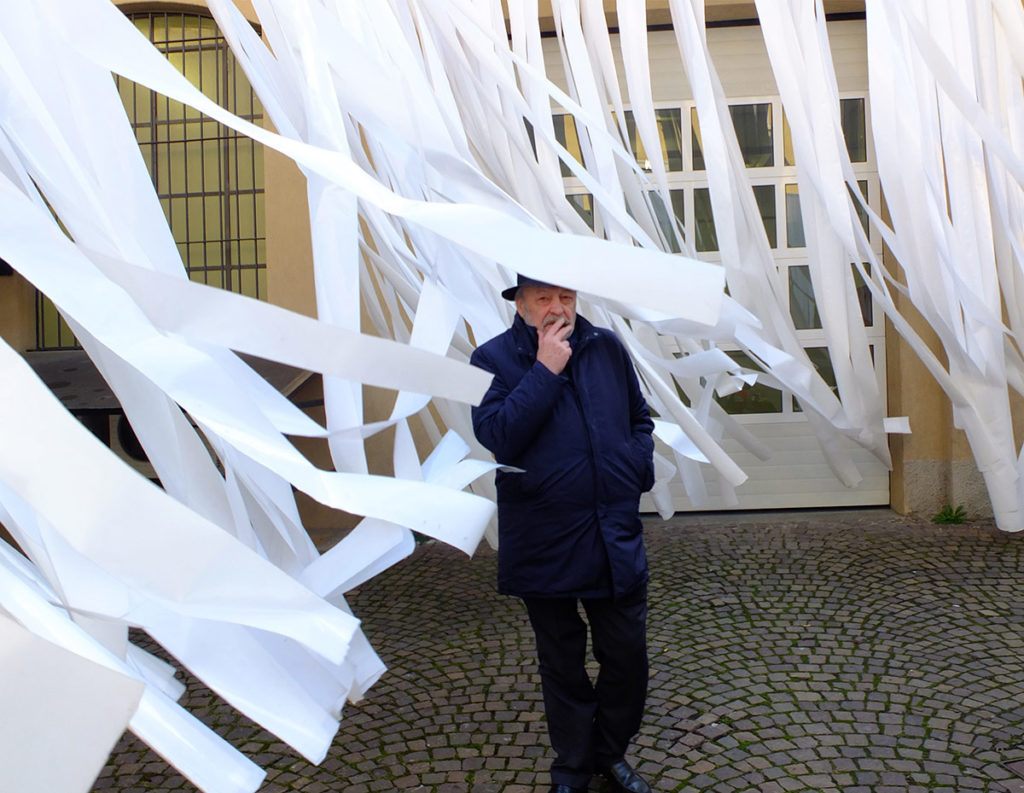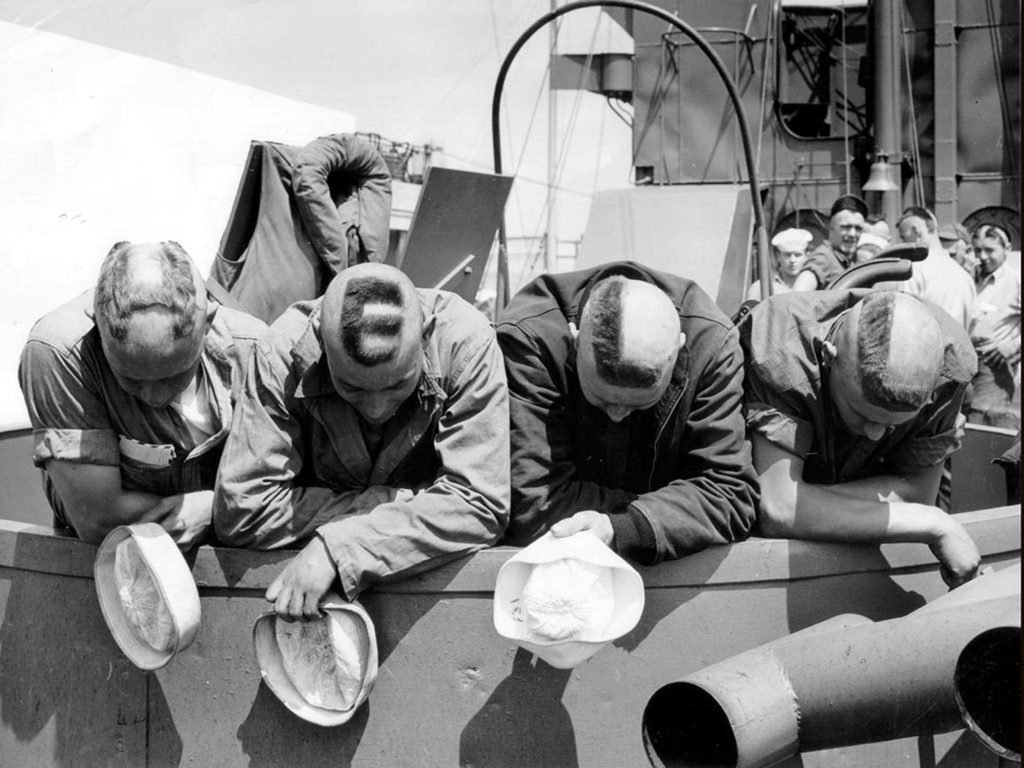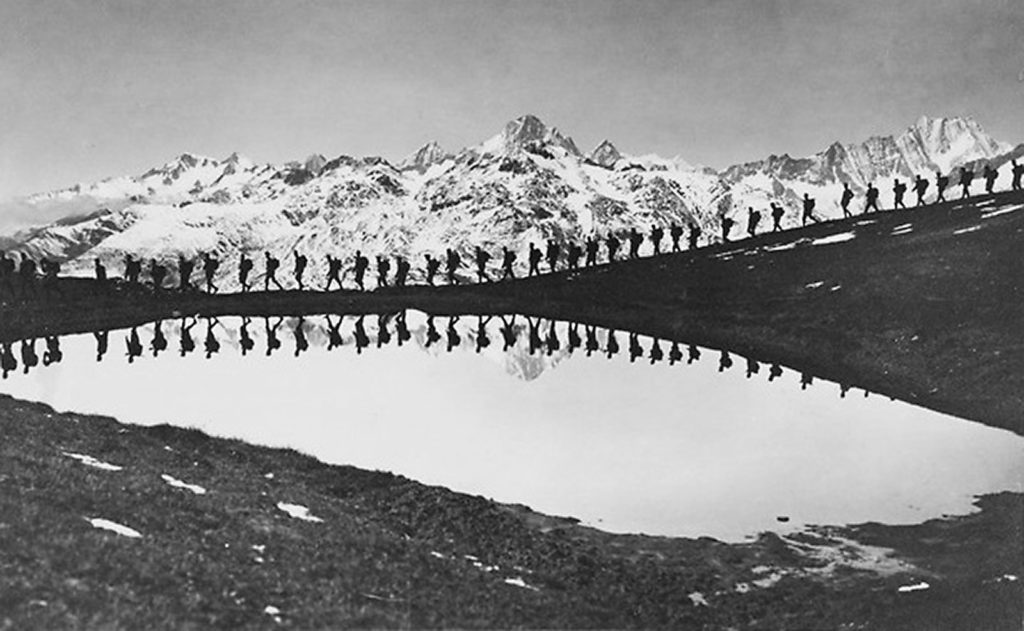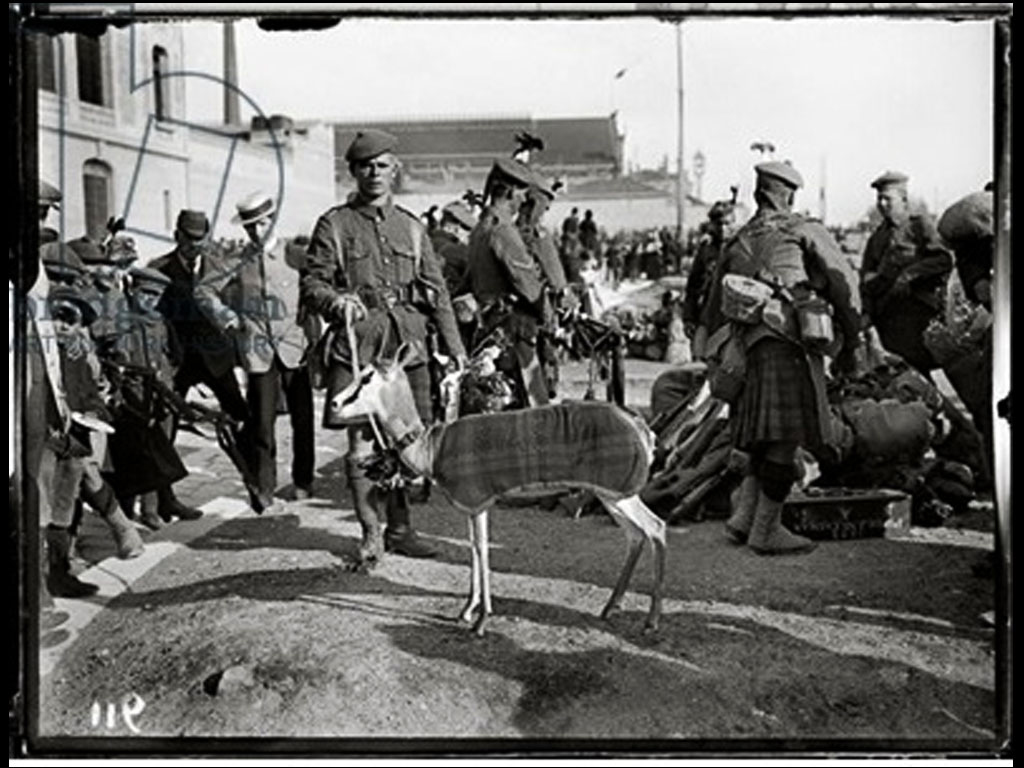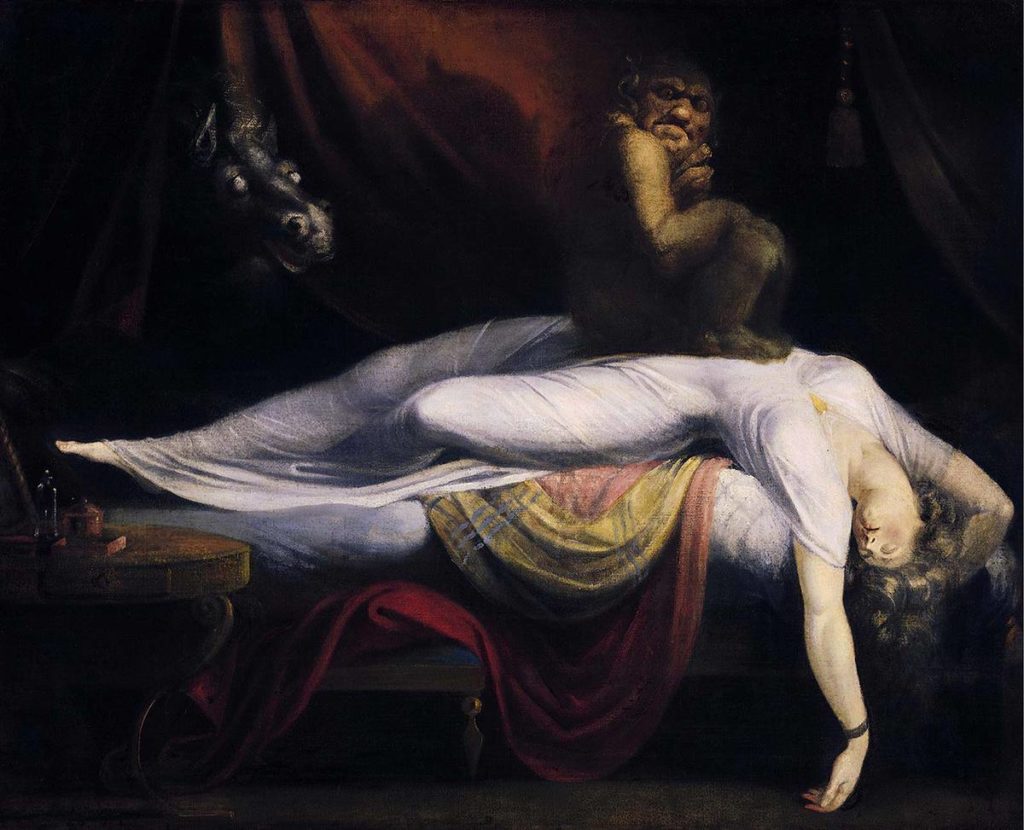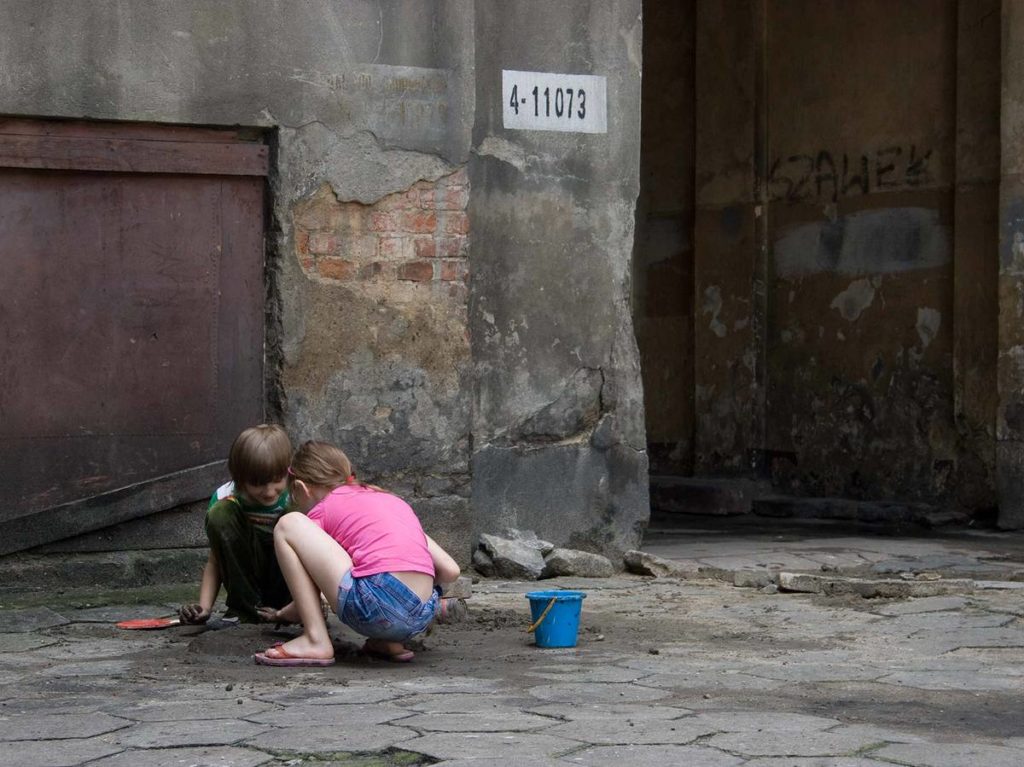Interview with the founders Eric Mangion and Luc Clément
By Raphaëlle Giangreco
A new online editorial platform, Switch (on Paper) aims to clarify the world around us through the lens of contemporary art. How can artists and their works provide us with a singular and atypical interpretation of society? How do they relate to the real world? An interview with the founders.
Raphaëlle Giangreco: At the start of our conversation, you were saying that Switch (on Paper) was born out of a need to incorporate art in the real world. What does that actually mean?
Switch (on Paper): Every day, we meet people who think that art today is cut off from reality and that it is shut in a more-or-less merchant speculative bubble, governed by trends and reserved for the elite. Without adopting a populist stance, we want to show that many artistic works are, in fact, very much anchored in the real world and in society’s political, economic, anthropological and ethnographic reality. “Anchored” means being an active player in the world, not just a chic witness or observer, far removed from real events. Art doesn’t mean buying a good conscience through aesthetics. It can be a true commitment, or simply a way of being and living our times.
R.G.: You offer two editorial lines: investigations and chronicle content. What do they consist of and how do they complement each other?
S.o.P.: The “investigations” are texts we commission from authors (researchers, writers, artists and journalists) on specific topics on which they can throw a particular light. We call them “investigations” because we want them to be led in the same way as in-depth research, combining university and journalistic styles. “Chronicle” are web links we create with existing online content. But the two are intrinsically linked: the chronicle content also consists of research we conduct on the web and the investigations are tied to today’s.
R.G.: Should we consider Switch (on Paper) as a new art critique magazine?
S.o.P.: It depends on how you define “critique”. Art critique as we understand it, i.e. a patient and plural analysis of the facts, doesn’t exist, or at least is very rare. Conversely, we are invaded by a wave of sweeping judgements built on positive or negative reactions, à la TripAdvisor. The Internet has widely contributed to this overabundance of critique. Also, we’re not interested in critique that only focuses on art. We want to tackle a multitude of topics from multiple angles, whose only common denominator is art. We are also wary of the word “new”, as what’s new quickly becomes old. “New” suggests a need for urgency that we are intent on fleeing. We do not aim to revolutionize, invent or reinvent anything. We want to invite in a wide variety of voices to help us understand the world around us in the light of experience. We take full responsibility for our choices and independence…
R.G.: Switch refers to the notion of switching on a light. But it also evokes switching over. Isn’t that a paradox? And what is the connection between Switch and Paper?
S.o.P.: Shining a light on today’s world doesn’t mean marrying it. In our opinion, modern-day art isn’t an answer, an end, a faith or a religion, but an issue we have trouble dealing with. We are not at ease with art, like many things in this world. But that doesn’t mean we should reject it outright. In fact, the art we refer to as contemporary perfectly embodies the complexities and paradoxes of our times. That’s what makes it truly contemporary. Becoming enlightened also means measuring what separates us from the facts and becoming aware of those distances. At that moment, we can switch our way of seeing things and change our point of view. As for the connection between Switch and Paper, there isn’t one. We like this oxymoron because it evokes an immaterial flow of energy – and paper brings thoughts and writing into being.
R.G.: Studying “the complexities and paradoxes of our times” sounds like a political project.
S.o.P.: Asserting our wish to highlight works anchored in social reality obviously makes us political. But we are wary of this term, which could rapidly be held up as a marketing tool. Too many works claim to be political when they are not, or only superficially so. The political dimension can be a decoy producing hollow talk intended to discredit the aesthetic content of a production. Handling political concepts requires an acute perception of the world and awareness of reality. It also requires a true commitment, to avoid hypocrisy. That is why we rely on works that are truly anchored in the world. Today, art suffers greatly from its associations with luxury, finance and bling aesthetics. We want to show something else, a different facet of art. That’s our political project.
R.G.: A lot of new magazines appear every day on the web. What makes you different?
S.o.P.: Our decision to produce often long and meticulous texts immediately differentiates us from the brevity in vogue on the web. We pay a lot of attention to ergonomics, to ensure that this approach against the tide is balanced by comfortable reading, a clear display, practical functionalities and fluid browsing. Going forward, Switch (on Paper) also aims to compile a genuine, qualified contemporary art database. The idea is to offer a tool that compiles and gives access to an abundance of high-quality information – guaranteed by our constant vigilance – capable of expanding exponentially. We want to develop a genuine specialist search engine and cooperate with a technological firm in the near future to design a dedicated algorithm. Lastly, Switch (on Paper) aims to become a meeting place for a community of readers and users with the same interests and questions on current-day art. We have incorporated a tool in the platform that allows people to comment or debate, but also get in contact with other community members, a bit like a micro artistic social network.
R.G.: How do you choose your investigations, chronicle content and authors? Have you set guidelines or drawn up specifications for text content?
S.o.P.: The chronicle content is built on regular research we conduct on works related to current affairs, but also on projects offering a singular focus on art, little-known to traditional information networks. This content can be artistic creations, or associative, public or private initiatives, together with socio-cultural experiments producing innovative ties with the public. We have created redirections to the sources of this content, but instead of using simple hypertext links, we systematically write a short introductory text to enlighten the reader on our choices.
The investigative subjects are chosen on the basis of discussions with authors contacted by us according to their field of research or experimentation. We want to offer a variety of approaches, subjects and contexts. We haven’t drawn up specifications per se, but we do ask authors to adopt a clarifying approach (rather than vulgarizing), rigorously give space to the various strata of the creative process and avoid the trap of artificial quotes, in particular the French Theory, abundantly quoted by art critics and generally unfounded. Our approach to social sciences is centrifugal, not stuck in a rut of perpetual references. We have worked very hard on editing, thanks to the professional skills of Frédéric Maria, who worked for 10 years for the P.O.L. publishing house.
R.G.: Does Switch (on Paper) have a particular tone or style?
S.o.P.: Not yet, as we have deliberately opted to diversify our content and approaches. But little by little, we do hope to establish a certain style. That is one of the subjects we need to fine-tune over time. The digital experience, which brings us very close to our readers and their reactions, together with the ability of digital tools to deliver an analytical vision of the content produced, should definitely help us master our subject.
R.G.: Did you have a model for the magazine?
S.o.P.: We don’t really have any models, as we don’t want to apply any recipes. But we obviously have studied existing productions in depth and taken lessons from the latest online tools and practises. Digital technology is evolving so fast that we are obliged to monitor them permanently to guarantee access to our content and the quality of the user experience in a spirit of sharing, exchanges and connection.
R.G.: If you don’t have a model magazine, do you have any artistic or societal references?
S.o.P.: We have many artistic references, not just one. And it’s always difficult to quote one work over another. The only compass that has guided us throughout the creation process has been the book “Testimony” (1885-1915) by Charles Reznikoff: an epic work describing the story of America’s entry into the modern world, through a minute account and the reproduction of court hearings on subjects ranging from neighbourhood or inheritance disputes to occupational accidents and everyday news items. This book shows how you can produce a great poetic work based on real life.
On a societal level, we are influenced by the work of the “new sponsors” programme set up around 20 years ago by the Fondation de France. This programme cleverly associates users with works of art and architecture commissioned in situ, in everyday life. It is a pretty unique example of dialogue between the public and artists – a pragmatic approach to art.
R.G.: What is your target public?
S.o.P.: That’s always a delicate question when you launch this kind of project. Contrary to what we’re hearing, we believe there is a very real audience for art. Just look at the success of certain events: visitors are generally curiosity-seekers driven by the strange, uncomprehending relationship they have with art. But we’re interested in this ambiguity – the fact that we are drawn to things we cannot master. Even people who have been familiar with art for years get the same feeling. So, Switch (on Paper) is aimed at all these inquisitive strollers, together with human sciences students, art schools, art professionals, artists and anyone seeking an original, society-based information media. And there, we hope to reach a much wider public.
Switch (on Paper) is a French magazine with a deliberately international orientation. All the texts are translated into English (by Maya Dalinsky or Emmelene Landon) and relate to a wide variety of geographical areas. This diversity is an intrinsic part of our identity. In our opinion, local and global are inseparable. Our networks will be reaching out to other countries to find authors and subjects, together with the most varied readership possible.
R.G.: How often will the magazine be published?
S.o.P.: That’s a delicate question too. We are committed to a kind of slowness to avoid being caught in the syndrome of urgent information and immediate reaction. On the other hand, we realize that if we want to regularly expand our readership, we need to publish regular content. So, we need to find a balance between the high standards we demand for our texts and the choice of subjects and periodicity required to achieve it. For this, we are planning to set up an editorial committee made up of pioneering researchers, combined with regular contributions from readers offering chronicle content from unknown websites. That will be key to the magazine’s success.
R.G.: How do you plan to make your way around the complex issue of copyrights on the web?
S.o.P.: We cannot defend an artistic ethic without practising what we preach. All authors of our investigative texts are paid at the standard rate, as are our translators and editors. Proper copyright contracts will be set up rapidly. We will be negotiating image publishing rights with artists and any associated photographers. All these costs have been included in our financing plan. But we refuse to be tyrannized when it comes to image publishing rights, so we will only publish if we can come to a sensible agreement. Our greatest concern remains chronicle content from other web resources: the legislation changes every day and the ethics are flexible. There too, we need to explore how to stay true to our commitment to showcasing external content while respecting it. Once again, experience will show us the best way to handle things.
